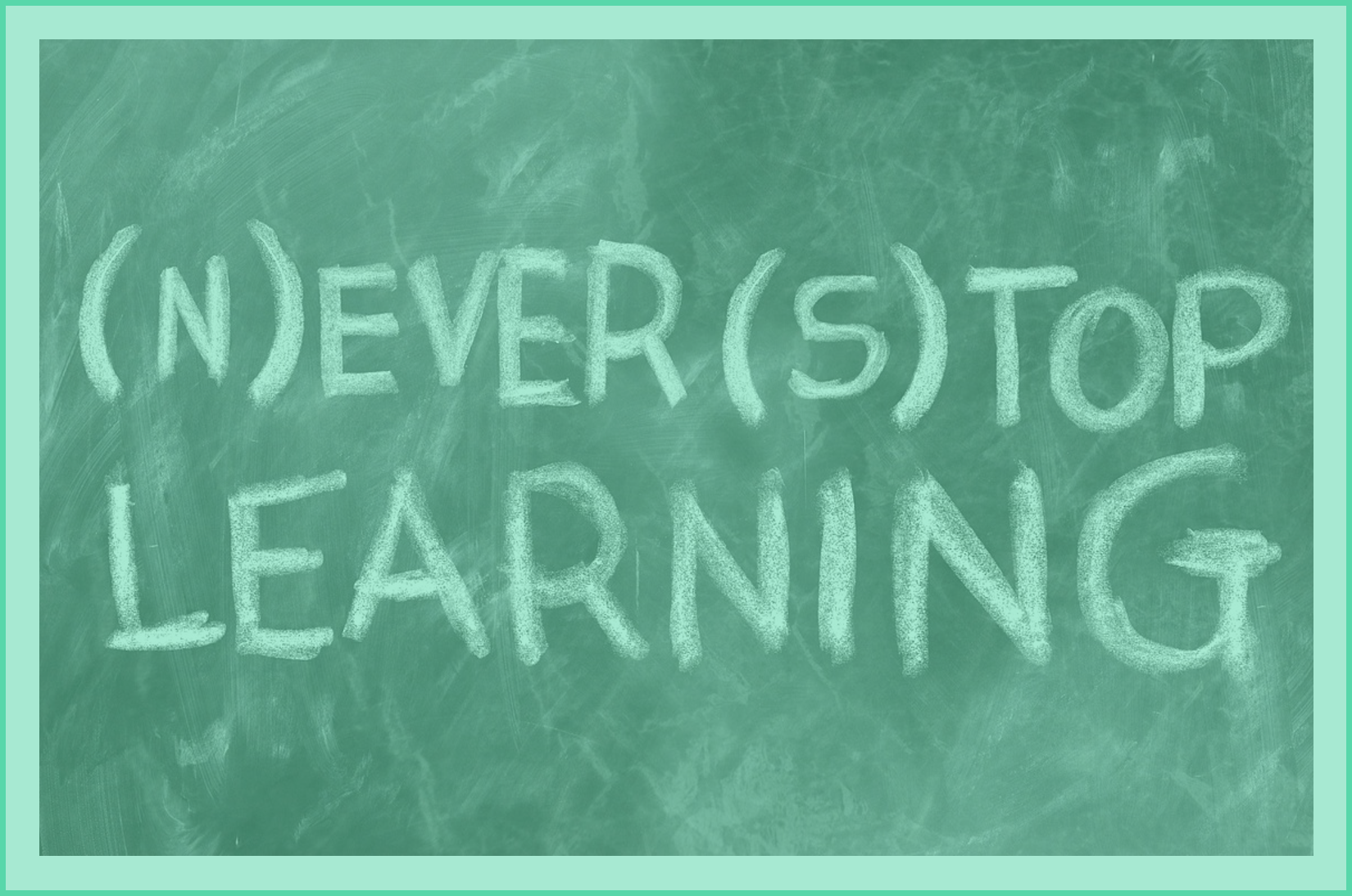Career Development Theories & Mentoring

Back in the 1950s American psychologist and Professor Emeritus of Sociology at Johns Hopkins University, John L. Holland created the career development model, Holland Codes. His premise was that someone’s occupational choice was an expression of their underlying characteristics. He identified six characteristic traits linked to a person’s career choice: Realistic (Doers), Investigative (Thinkers), Artistic (Creators), Social (Helpers), Enterprising (Persuaders), and Conventional (Organisers). The Holland Code Test works by combining three of the personality types together. These combinations create a whopping 720 combinations of different “types” somebody can be. This leads people to very specific jobs they would both enjoy doing and do well in based on their personality.
Around the same time the Myers Briggs Type Indicator was being developed. The indicator was started by Katharine Cook Briggs and her daughter Isabel Briggs Myers, a duo who had been inspired by the personality theories of Swiss psychoanalyst Carl Jung. The system measures people across four different spectrums: extroverted versus introverted, intuitive versus sensing, thinking versus feeling, and judging versus perceiving. In the mid-1950s, the Myers-Briggs entered the corporate world. The Home Life Insurance Company used the test to both determine whether a job applicant would make a successful life insurance salesman. General Electric also asked Isabel to type their highest-ranking executives. Whilst she identified the combination of personality types who were more likely to arrive at the profoundest decisions; it would be other personality types who were more likely to convince others they were right through “free and tactful communication.” Isabel’s conclusion was that there was no perfect executive type. Each one had its different strengths.
Psychologist Donald E. Super’s theory brought a different complexion to career development. His approach recognised that people aren’t fixed quantities but develop and mature over time. This career maturity means that decision-making is a lifelong process reflecting different stages in life. Super’s ‘lifespan’ theory included a life-career rainbow, which takes account of the different roles we play in our lives at different stages and arguably led to the idea of the work-life balance.
Other career development theories include Social Learning identified by Stanford Professor John D Krumbolz. Krumbolz identified four factors which influence career decisions: beliefs about our own abilities which influence our future planning; beliefs about our environment or context, upon which we make assumptions about the future; beliefs around the skills we think we have, whether innate or learned; and actions we take based on these beliefs and what we learn as a result.
More modern theories include Pryor & Bright’s Chaos theory, which recognises the rapid pace of change and its unpredictable effects and how we should therefore plan for unpredictability by developing our networks and connections, building our skills, and being open to unexpected opportunities, ready to grab them when they arise.
So what can we learn from these various career development theories in terms of mentoring. Firstly regardless of the mentee’s personality type, they will have strengths and areas for development. As Isabel Briggs Myers concluded there is no perfect executive type – each one has its different strengths. The role of the mentor is to help the mentee recognise their strengths and areas for development and identify how to develop themselves. Secondly where a mentee is in terms of their life stage will have an impact on their ambitions, their self-belief and their objectives. Thirdly the mentee’s beliefs about themself, their environment and their skills will affect their actions and what they learn from those actions.
Returning to Pryor & Bright’s Chaos Theory key skills which we should encourage any mentee to develop include: curiosity – the skill of being open and interested in new information, experiences and perspectives; persistence – the skill of being committed and resilient in pursuing goals and overcoming obstacles; flexibility – the skill of being adaptable and responsive to changing situations and demands; optimism – the skill of being positive and confident in your abilities and opportunities; and risk-taking – the skill of being willing and courageous to try new things and face uncertainty.